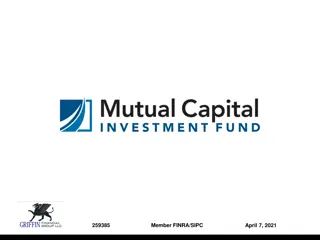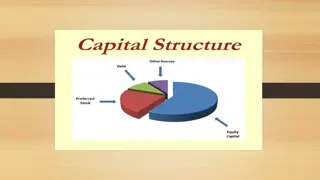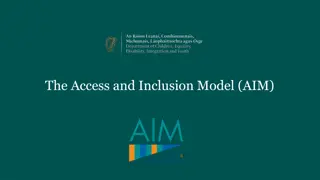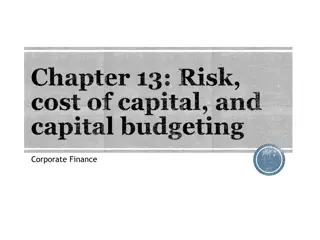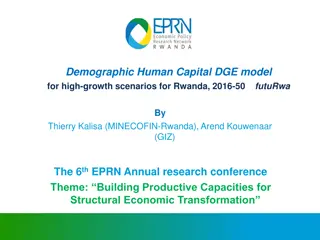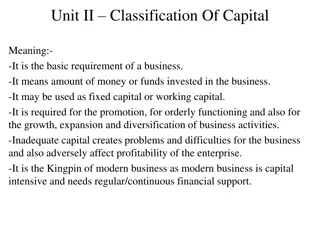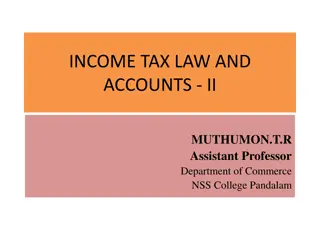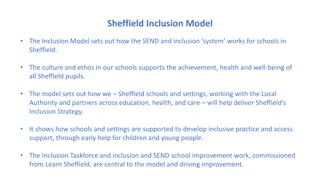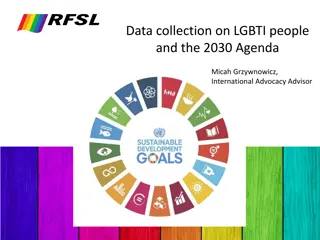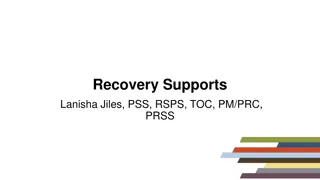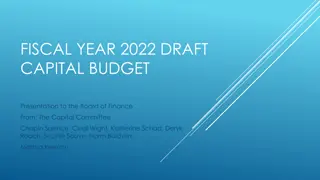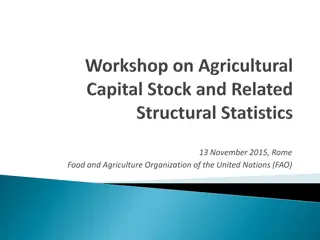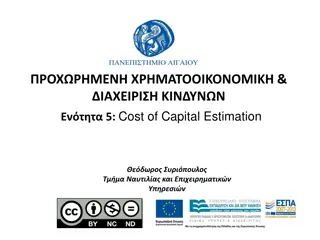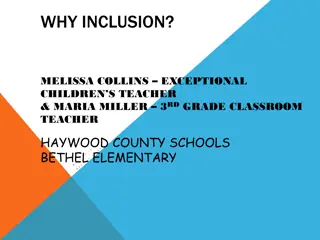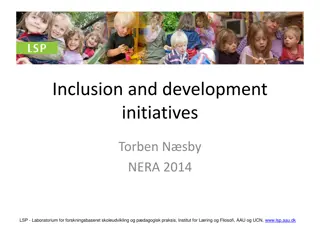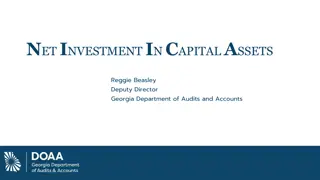Social Capital for Enhanced Community Inclusion
Delve into the intricacies of Social Capital through lessons on emerging patterns, benefits, and planning for personalized employment initiatives. Review the importance of assessing jobseeker profiles, team dynamics, and neighborhood surveys to optimize social connections and opportunities. Understand the essence of trust-building elements and the impact of social networks on individual empowerment. Embrace the concept of Social Capital to foster stronger community relationships and enhance social well-being.
Uploaded on Sep 11, 2024 | 0 Views
Download Presentation

Please find below an Image/Link to download the presentation.
The content on the website is provided AS IS for your information and personal use only. It may not be sold, licensed, or shared on other websites without obtaining consent from the author. Download presentation by click this link. If you encounter any issues during the download, it is possible that the publisher has removed the file from their server.
E N D
Presentation Transcript
CE Lesson 2 Emerging Patterns Benefits Planning Query Discovery Visits Roger Shelley, Alaska Integrated Employment Initiative
Lets Review Lesson 1 Outcomes of DSR Who is your Jobseeker? Who is on his/her team?
Review Lesson 1 Introduce Customized Employment to family and/or local provider and community resource vendors Obtain and list preliminary information, family members, group members, contact information, other team members, consultants, and considerations
Review Lesson 1 Begin Stage 1, interview, observe, and report What does the person s personal environment reveal: Hobbies Interests Skills
Review Lesson 1 Neighborhood Survey Transportation? Work places? Neighborhood small businesses? Places to be avoided
Review Lesson 1 People in the home who were interviewed: What information about the person s strengths was learned? What about the person s personality? What about the family s community activities? Opportunities to increase the person s social capital?
What is Social Capital? Robert Putnam defines Social Capital as the social networks and the norms of trustworthiness and reciprocity that arise from them. Thanks to Griffin-Hammis Associates, LLC
Social Capital Focuses on: Who knows Whom (Social Networks) The Character of these Networks The Strength of our Ties Levels of Trust Levels of Reciprocity Thanks to Griffin-Hammis Associates, LLC
Trust Growing Elements: Repeated exposure & shared spaces Honesty in Communications Follow-Through on Commitments Consistency in Behavior Thanks to Griffin-Hammis Associates, LLC
Types of Social Capital: Public-Regard: we are tied to formal groups (City Council; PTA; People First; Kiwanis) Private Regard: we are tied to informal groups (Church; Softball team; Neighborhood Watch) Formal vs. Informal (Bylaws & Committees vs. Social/Interest/Hobby relationships) Thanks to Griffin-Hammis Associates, LLC
Types of Social Capital Bridging: Social ties that attempt to cut across differences including Race, Gender, Disability, Class, Religion Bonding: Links people together like themselves (special interest groups, neighborhood associations, hobby clubs ) Thanks to Griffin-Hammis Associates, LLC
Intensity of Social Capital: Strong: Someone with whom you might share intimate or serious issues Weak: More episodic and casual Example: You share stronger ties with your doctor and weaker ties with volunteers cooking at the pancake breakfast Thanks to Griffin-Hammis Associates, LLC
Goal of Social Capital: Raising Social Capital to improve one s standing in a community (e.g. using bridging capital to increase awareness of disability access issues in a community) Targeted at Specific Problem-Solving (e.g. using bonding capital to connect a job seeker with someone with similar career goals) Thanks to Griffin-Hammis Associates, LLC
Patterns Emerging List tasks observed, frequency of performance, and priority List community and family interests and how they affect the person s social integration and social capital List talents the person has List the person s exhibited skills, implementation of those skills, and where she chooses to use them
Exploring Financial Considerations and Education The person requests a Benefits Planning Query from the Social Security Administration List date requested, Information learned, and PASS or other work incentive potential Set up financial literacy appointment for the person and family members
Stage 2: Discovery Visits Identify 5 places where the person can be observed in activities that give context to their interests, talents and skills. Take Pictures List place, person responsible for the activity, And the date of completion
Activity Observations Note observations from the specific locations, including connection to location/employer, date of activity, specific tasks , and supports provided to accomplish the task. Perform task analysis, if applicable Perform support analysis and report on scale of supports, including transportation, appropriate dress, environmental considerations, etc.
Summary of Supports List and explain: What environments and activities need to be avoided? Why? What places, skills and activities need further exploration? Where/when might this exploration occur? What might be part of the consideration for continued exploration? Followup needed
Lesson 2: The only real voyage of discovery consists not in seeking new landscapes but in having new eyes. Marcel Proust











